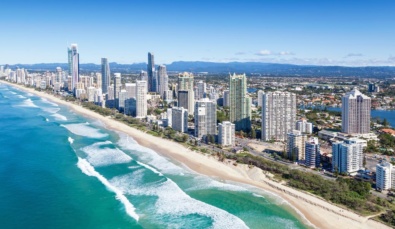Data recently released by the Australian Tax Office (ATO) confirm that Australians have continued their love affair with self managed superannuation funds (SMSF’s).
The ATO publishes quarterly information about SMSF’s. Here’s a summary:
At 30th September 2021, there were nearly 600,000 (598,452) SMSF’s with just over 1.1m members (1,123,949), averaging 1.87 members per fund. With 53% of male members and 47% of female members, most SMSF’s appear to be your typical “mum and dad” super fund. Just on 70% of SMSF’s are two member funds, around 23% are one member funds, with the balance being three and four member funds.
Based on the most recent data available (2020 year), the average value of a SMSF is around $1.3m, with an average value per member of around $695k. This compares favourably with the average super fund balance of all Australians, which for those aged between 40 and 55, is between $121k and $214k for men and between $92k and $157k for women. (1)
The ATO data indicates that SMSF’s hold more than $860 billion in wealth, with around $29 billion in borrowings and a further $6.7 billion in other liabilities resulting in total net SMSF assets of around $825 billion. So, where is all this money invested?
Well, around $149 billion (or around 18%) is invested in cash and term deposits. A further $238 billion (or around 29%) is invested in listed shares and $53 billion (6%) in listed trusts. A further $134 billion is invested in property, with most of that (around $88 billion) invested in non-residential property.
Interestingly, the proportion of SMSF funds invested in cash and term deposits is highest amongst smaller balance SMSF’s, perhaps reflecting a more conservative approach given the recent volatility in share markets.
Around $63 billion of SMSF wealth was invested in limited recourse borrowing arrangements (LRBA) – basically, assets purchased by SMSF’s using allowable debt. This could be either shares or property. The appetite for LRBA’s appears to be highest in SMSF’s with between $200k and $1m in assets, with an average of around 15% of fund assets comprising LRBA’s.
SMSF trustees have also embraced crypto-currency, with around $230m held in crypto. This has grown steadily since the ATO commenced to measure investments in crypto.
There appears to have also been an increasing appetite for international shares, which now stands at around $12.5 billion.
Interestingly, around half a billion dollars ($509m) is invested in collectables and personal use assets.
In terms of member ages, there is a relatively even distribution between members aged 35 to 84, but relatively small representation from members aged under 35, perhaps indicating the lack of superannuation savings from this age group to be able to justify the establishment of a SMSF.
Interestingly, the 2021 financial year saw a near 20% surge in new SMSF’s established with 25,760 new funds established. However, the number of wind-ups of SMSF’s in 2021 halved from the levels of the previous two years, resulting in a significant increase in the number of net establishments. So it appears that Australian’s love affair with SMSF’s may have longer to run yet.
(ASFA figures as at July 2019).
If you need the support of a specialist SMSF accountant, the team at MGI are here to help.










